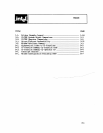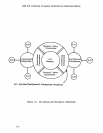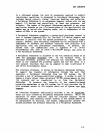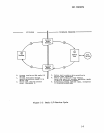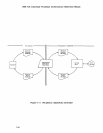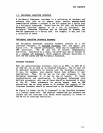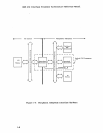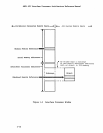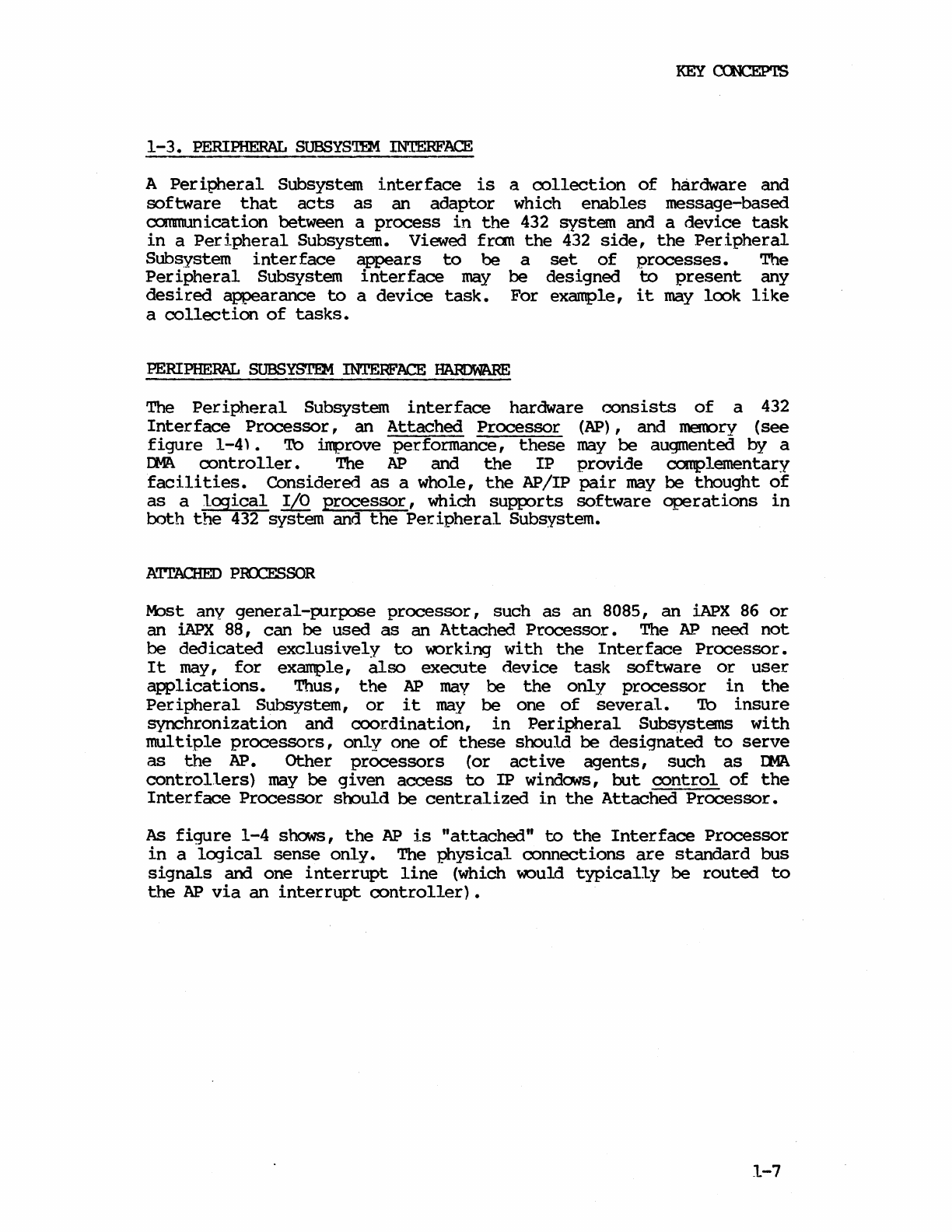
1-
3.
PERIPHERAL
SUBSYS'lm
INTERFACE
A
Peripheral
Subsystem
interface
is
a
collection
of
hardware and
software
that
acts
as
an ad.aptor which
enables
message-based
oammunication between a
process
in
the
432 system and a
device
task
in
a
Peripheral
Subsystem. Viewed from
the
432
side,
the
Peripheral
Subsystem
interface
appears
to
be
a
set
of
processes.
The
Peripheral
Subsystem
interface
may
be
designed
to
present
any
desired
appearance
to
a
device
task.
For example,
it
may
look
like
a
collection
of
tasks.
PERIPHERAL
SUBSYSTEM
INTERFACE
HARDWARE
The
Peripheral
Subsystem
interface
hardware
consists
of
a 432
Interface
Processor,
an
Attached
Processor
(AP), and
tnem:)ry
(see
figure
1-4).
To
improve
performance,
these
may
be
augmented by a
~
controller.
The
AP
and
the
IP
provide
complementary
facili
ties.
Considered
as
a whole,
the
AP
/IP
pair
may
be
thought
of
as
a
logical
I/O
processor,
which
supports
software
operations
in
both
the
432
system and
the
Peripheral
Subsystem.
ATrACHED
PIU:X'3SOR
Most any
general-purpose
processor,
such
as
an
8085,
an
iAPX
86
or
an
iAPX
88,
can
be
used
as
an
Attached
Processor.
The
AP
need
not
be
dedicated
exclusively
to
working
with
the
Interface
Processor.
It
may,
for
example,
also
execute
device
task
software
or
user
applications.
Thus,
the
AP
may
be
the
only
processor
in
the
Peripheral
Subsystem,
or
it
may
be
one
of
several.
'lb
insure
synchronization
and
coordination,
in
Peripheral
Subsystems
with
multiple
processors,
only
one
of
these
should
be
designated
to
serve
as
the
AP.
Other
processors
(
or
active
agents,
such
as
IJ.V\.
controllers)
may
be
given
access
to
IP windows,
but
control
of
the
Interface
Processor
should
be
centralized
in
the
Attached
Processor.
As
figure
1-4
shows,
the
AP
is
"attached"
to
the
Interface
Processor
in
a
logical
sense
only.
The
physical
connections
are
standard
bus
signals
and one
interrupt
line
(which would
typically
be
routed
to
the
AP
via
an
interrupt
controller).
1-7



